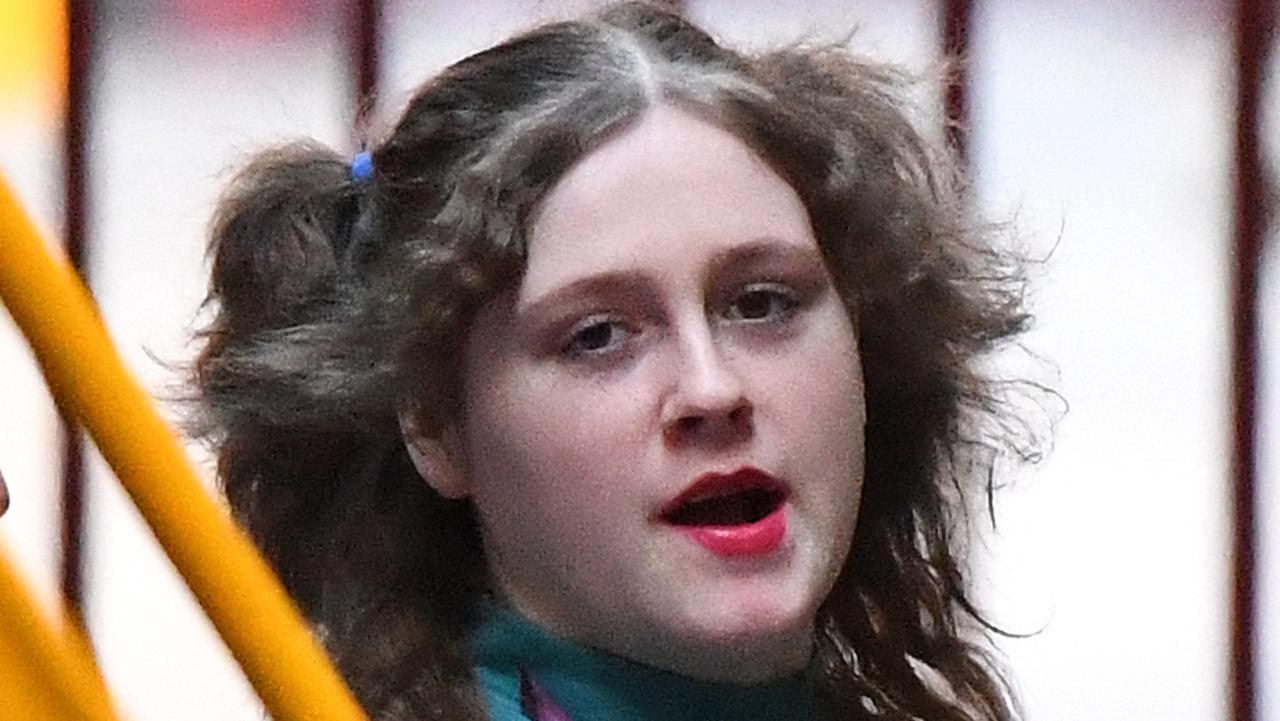Russell Street bombing: The day police were targeted in 1986 Melbourne terror blast
CRIME boss Tony Mokbel’s drug cook nearly died in the notorious Russell St bombing as he went to help critically injured policewoman Angela Taylor. How terror came to Melbourne
True Crime Scene
Don't miss out on the headlines from True Crime Scene. Followed categories will be added to My News.
IT is 30 years this month since Victoria’s first female magistrate thought an earthquake had shaken her court as plaster fell from the ceiling.
The crook in the case trailblazing magistrate Margaret Rizkalla was hearing on the day of the Russell St bombing knew better.
“The prosecutor, after briefly assessing the situation, said that the court would continue,” Ms Rizkalla said.
“While there was a tentative ‘are you sure?’ from someone else, the accused next to me in the dock suddenly took off.
“He, being more experienced in such matters, had obviously identified it as a bomb blast.”
Realising the accused had probably made a sensible decision to flee, Ms Rizkalla, who later became a County Court judge, joined the rest of those streaming out of the Melbourne Magistrates’ Court into Russell St.
“I saw a woman running into the area from the front of the building and others running with her,” Ms Rizkalla said.
“As I watched, the woman . . . fell to the ground.”
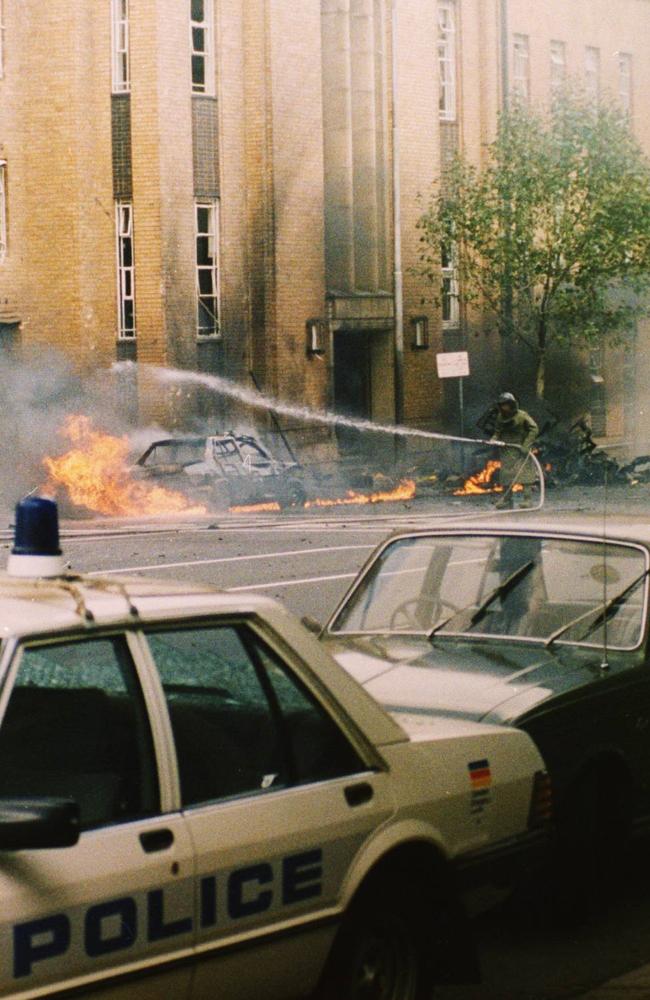

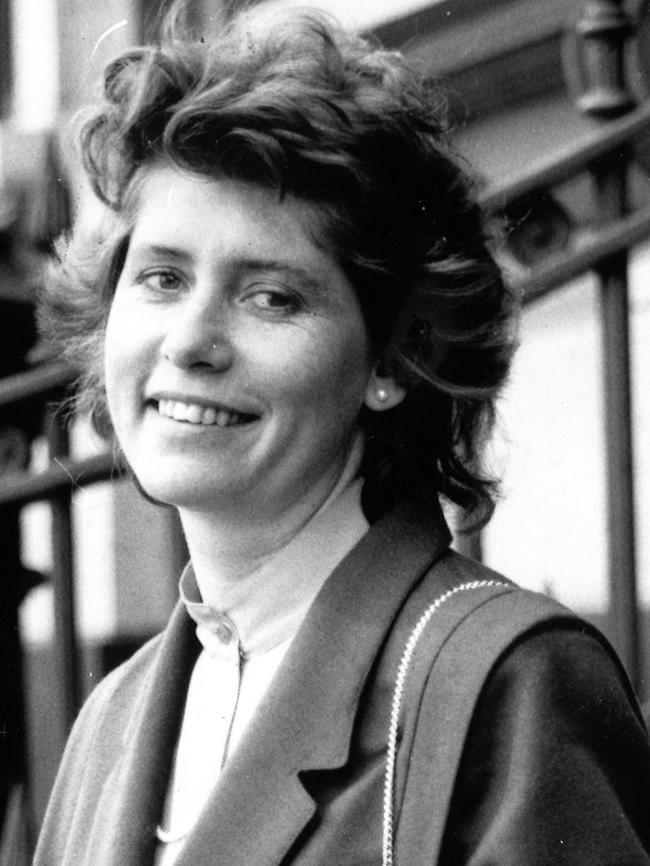

MORE RUSSELL ST REPORTS
MERCY PLEA: Freedom bid by Russell St bomber
POLICE HORROR: Ex-cops describe the scene at Russell St
ACT OF WAR: Trials of the Russell St bombers
The woman Ms Rizkalla saw collapse was Victoria Police Constable Angela Taylor, 21 — who became the first policewoman in Australia to be murdered in the line of duty.
Constable Taylor had lost the toss of a coin that fateful day to see who would head out across Russell St to buy the lunches.
She walked straight into the massive blast created when the car bomb parked outside Russell St police station exploded less than a minute after 1pm on Easter Thursday, March 27, 1986.
Constable Taylor died in hospital 24 days later from her burn and other injuries.
Ms Rizkalla’s dramatic account of the day her court shook is detailed for the first time in a book, Bars & Benches, by former Russell St bombing prosecutor and County Court judge John Dee.
“I vaguely knew of the Hilton bombing in Sydney,” Mr Dee said.
“But this, here in Melbourne, was our first taste of terrorism.”
Mr Dee said it was difficult to imagine at the time that somebody would explode a bomb with no idea of who might die as a result — or how many.
Yet that’s what those convicted of the Russell St bombing — Stanley Brian Taylor and Craig Minogue — did.
Their bomb wasn’t aimed at somebody who had done something specific to them.
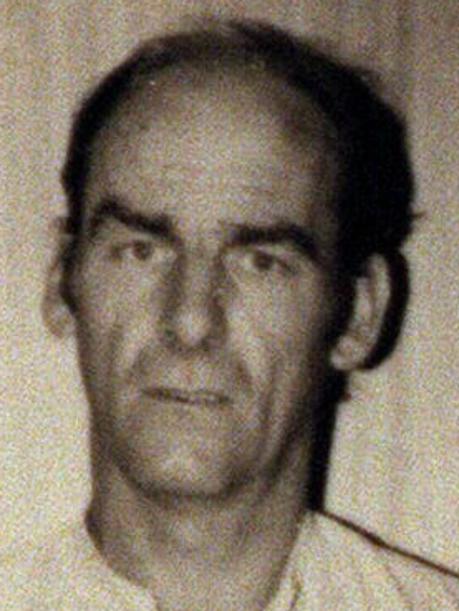
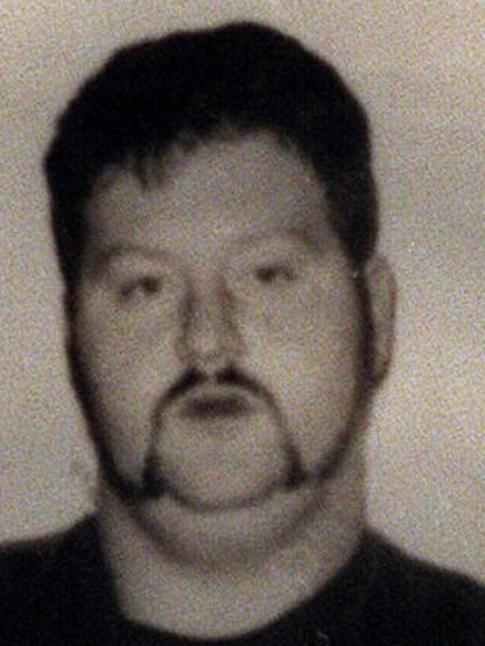
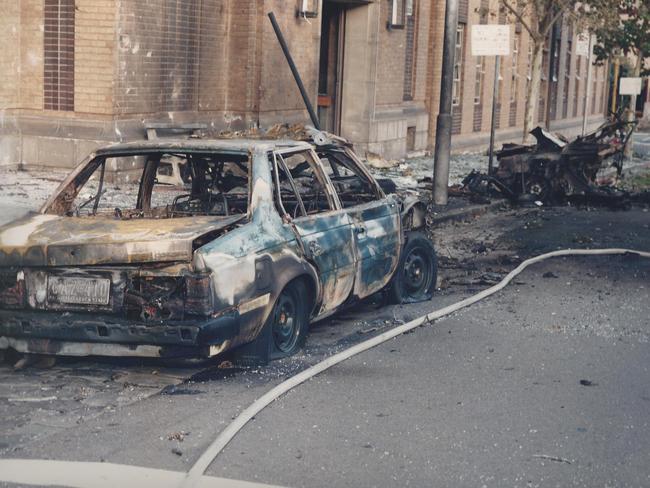
It was directed at whoever would be in the area, particularly any police officer coming out of the station or court to get lunch.
Their motive was simply pure hated of police — all police.
Special Operations Group officer Doug O’Loughlin was on the phone and looking out of his office window in nearby MacKenzie St when the bomb went off.
“The shock wave came down MacKenzie St. It rattled the window in front of me and smashed the one just to my left,” he recalled this month.
He and his fellow SOG officers were among the first to arrive in blast-devastated Russell St and they immediately began clearing the area and preserving it as a crime scene.
The then Sen-Sgt O’Loughlin spent the next six days supervising a meticulous search of the area for evidence.
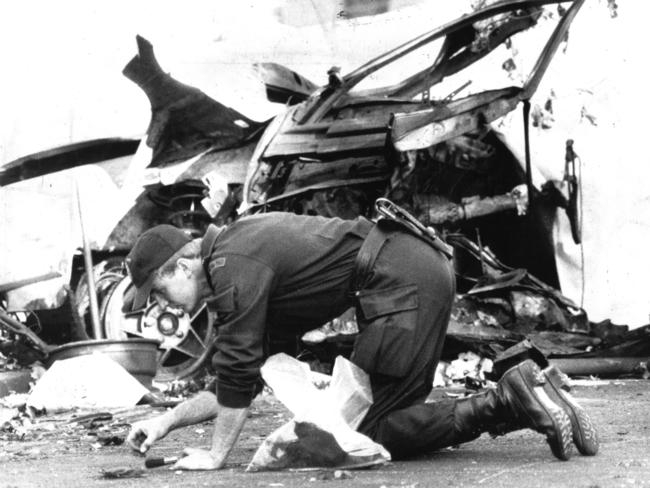
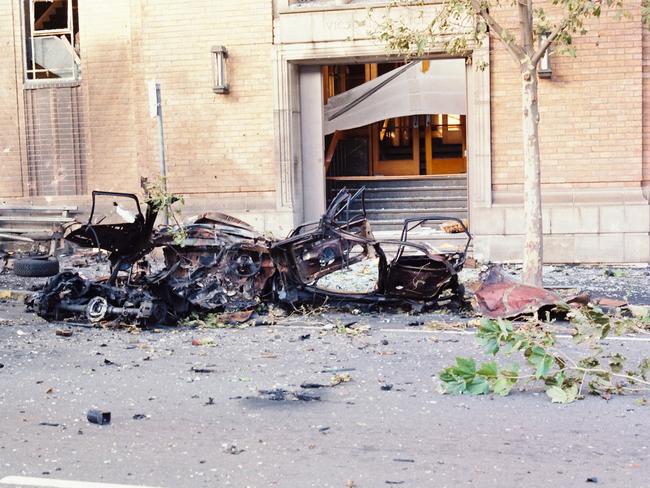
That search included officers crawling on their hands and knees up and down Russell St and the surrounding area while others painstakingly abseiled down the bombed building searching every nook and cranny for clues.
“I was also involved in the arrests of Stan Taylor and Craig Minogue,” the now retired Mr O’Loughlin said.
“So much for Craig’s reputation as a tough guy, he cried like a baby when we arrested him.”
Career criminal Taylor and the much younger Craig Minogue, who was recruited by Taylor as both an armed robber and murderer, were bitterly disappointed the car bomb outside the Russell St police station didn’t kill as many officers as they had hoped.
They actually stood nearby and laughed when it exploded — sick bastards that they are.
Taylor had timed the explosion to go off at lunchtime to catch as many police as possible in the street, but, fortunately, his bomb making skills were on a par with his intelligence — very low.
The blast was nowhere near as big as it would have been had it exploded as intended — but it was still powerful enough to cause the death of Constable Taylor and injure 21 others, including Magistrate Iain West and Constable Carl Donadio.
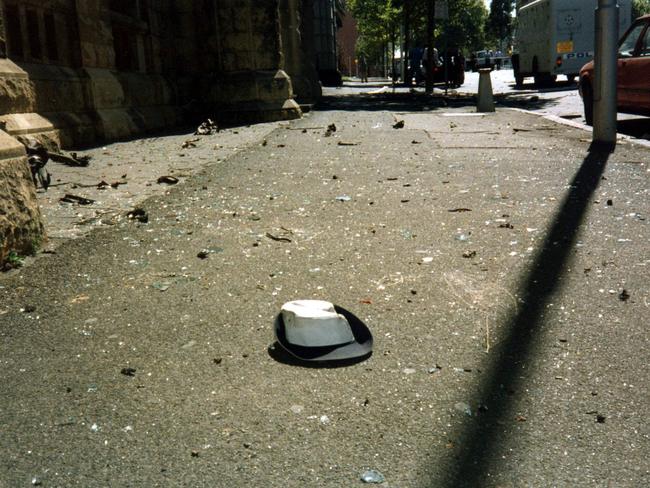
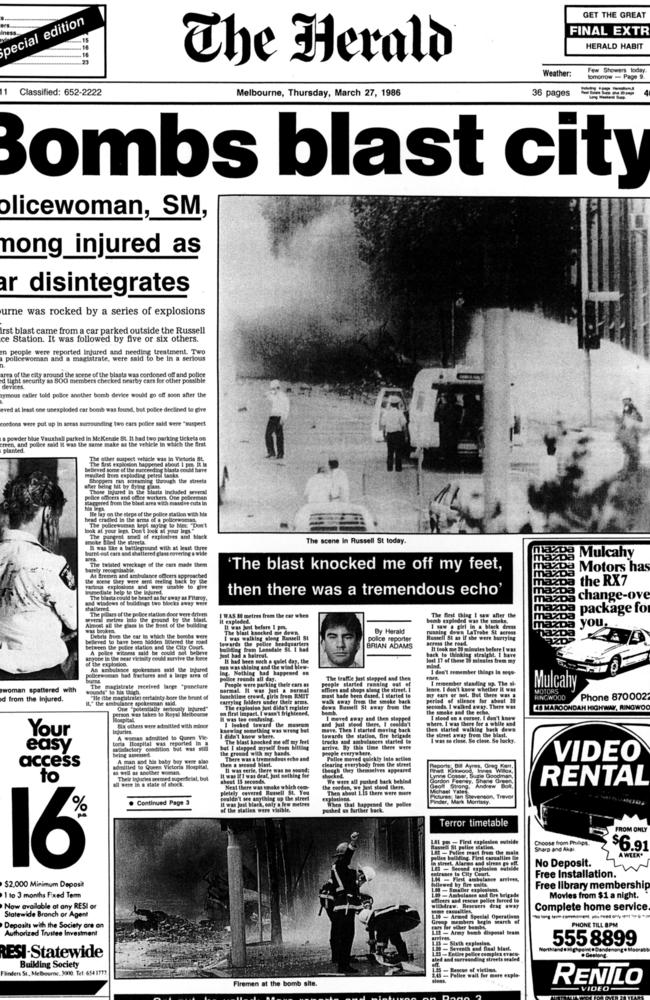
Bombers driven by hate
Such was Taylor’s pathological hatred of police, and contempt for society, that he had no qualms about making the bomb from gelignite and detonators he stole from a mine.
Nor was he concerned about recruiting impressionable young people to help carry out the attack on police headquarters.
Taylor even told a friend that if he ever got a terminal illness he would strap himself with explosives and position himself in such a way that he would kill as many police as possible when he blew himself up.
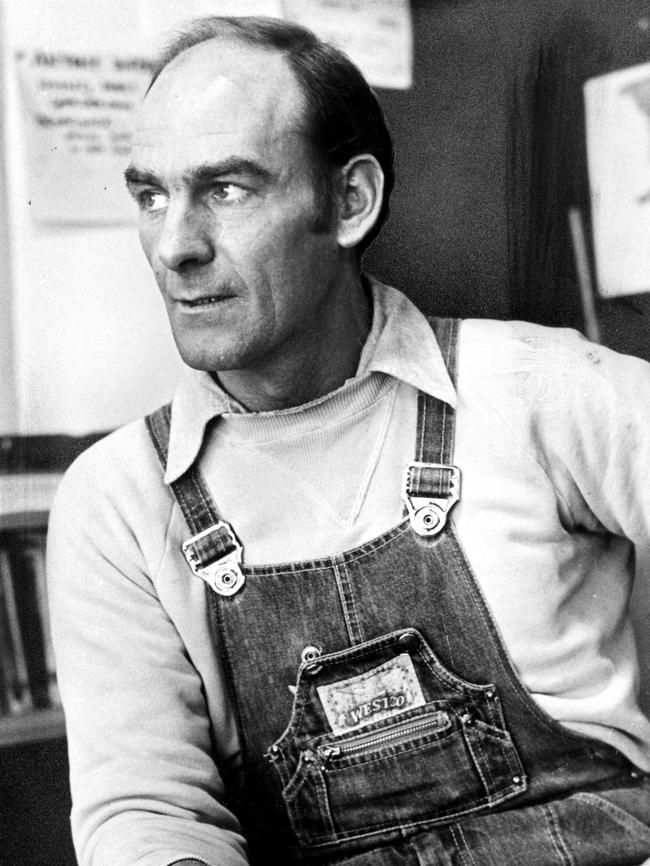


Justice Frank Vincent said in sentencing Taylor that the Russell St bombing was an “act of war’’ and that Taylor had “a powerful influence for evil on young men who themselves already had criminal tendencies’’.
It emerged during his trial that Taylor had started working with youth groups in the early 1980s after his release from prison, where he had served time for violent armed robberies.
One of the young men he recruited at a Mooroolbark youth club was Minogue.
Taylor will die in jail, having being sentenced to life without parole for masterminding the bombing.
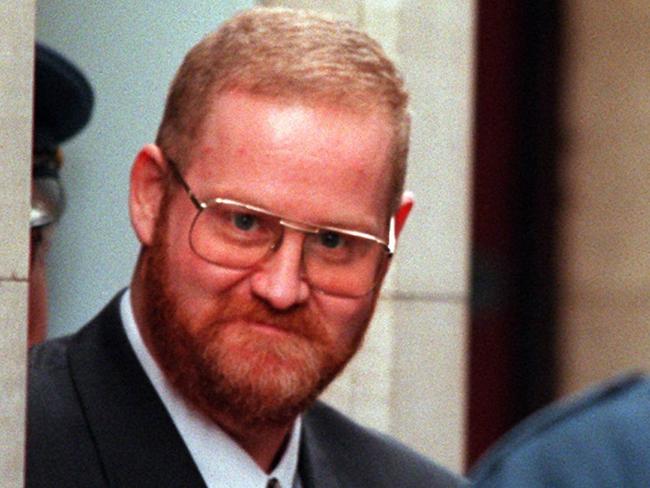
Minogue was also jailed for life, but in his case the judge ordered that he serve a minimum term of 28 years from the date of his August 24, 1988 sentencing before being eligible for parole.
The evil Minogue has high hopes of being released later this year as he completes that minimum term.
Bizarrely, Minogue’s minimum term wasn’t increased after being found guilty of the 1988 murder of fellow prisoner Alex Tsakmakis inside Pentridge.
Minogue beat Tsakmakis to death with gym weights swung around in a pillowcase.
Former Russell St bombing taskforce detective Bernie Rankin warned against the Parole Board ever freeing Minogue.
The now Det-Insp Rankin said he had no doubt Minogue would offend again if he is let out.
“The role of the Parole Board is that they have to be convinced Minogue is no longer a risk to the community,” Det-Insp Rankin told the Herald Sun.
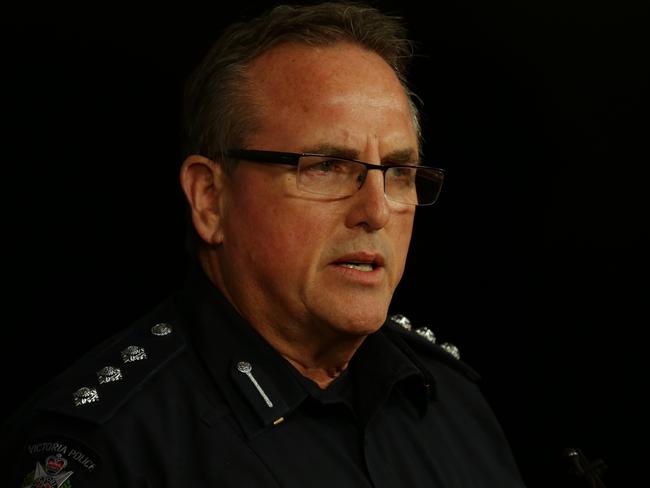
“He was a person who demonstrated with his past behaviour that he was capable of extreme violence.
“He was involved in numerous armed robberies where violence was inflicted on victims, including a sexual assault on a woman.
“While in prison he saw Alex Tsakmakis as a threat in the pecking order and he beat him to death.
“It’s up to Minogue to demonstrate to the Parole Board that he is a very low risk person before they even contemplate giving him parole.
“In my view he hasn’t demonstrated he is of very low risk of offending again.
“His behaviour when he murdered Tsakmakis demonstrated to all and sundry then what he was capable of if somebody stood in his way.
“If Minogue gets out of prison and life doesn’t unfold as he hopes it will, what’s he going to do?
“If he saw someone as a threat we have seen in the case of Tsakmakis precisely how he deals with it.
“My concern is that the old Craig Minogue is still inside the supposedly improved Minogue that Minogue is claiming to be.”
‘Nosy’ cop made key breakthrough
Det-Insp Rankin said the first major breakthrough in the Russell St bombing investigation came about simply because a particular cop was nosy by nature.
That cop was stolen motor vehicle squad detective Arthur Adams.
“I had to go to do something at the squad compound where we stored cars we were examining,” Mr Adams, 77, told the Herald Sun yesterday.


“As I was leaving I walked past what looked like a pile of burnt junk in the corner.
“I was on leave when the bombing happened so hadn’t been involved in examining the bomb car, but I presumed from the state of the car that it was the bomb car I was walking past.
“Being a sticky beak, I’ve got to know what’s going on, I stopped to have a look at it even though the bomb car investigation had nothing to do with me.
“Our eyes go straight to where identification numbers should be, that’s what we are trained to look for.
“On the bomb car I saw a number of holes had been drilled through where the numerals of the chassis number should be.
“At the time I thought that was unusual, I had only ever seen it done that way once before, but its significance only became apparent later that day when, purely coincidentally, I was asked to have a look at a Holden Brock Special that had been used in an armed robbery.
“The chassis number on that car had been drilled in exactly the same way as the chassis number on the bomb car.
“I got back to the office and mentioned it to my boss.
“I said that in my opinion whoever stole the Brock Special also stole the car that was used in the Russell St bombing.
“Within minutes I had bosses from Superintendents down descending on me wanting to know how I paired the two.”
What the then Det-Sgt Adams didn’t know was that the Brock Special had been linked to car thief Peter Reed as its numberplates had been found in a stolen Daimler Reed fled from after being pursued and recognised by police.
Reed — who was charged over the bombing, but acquitted — also being linked to the bomb car through the unusual chassis number drilling method was the key to solving the case.
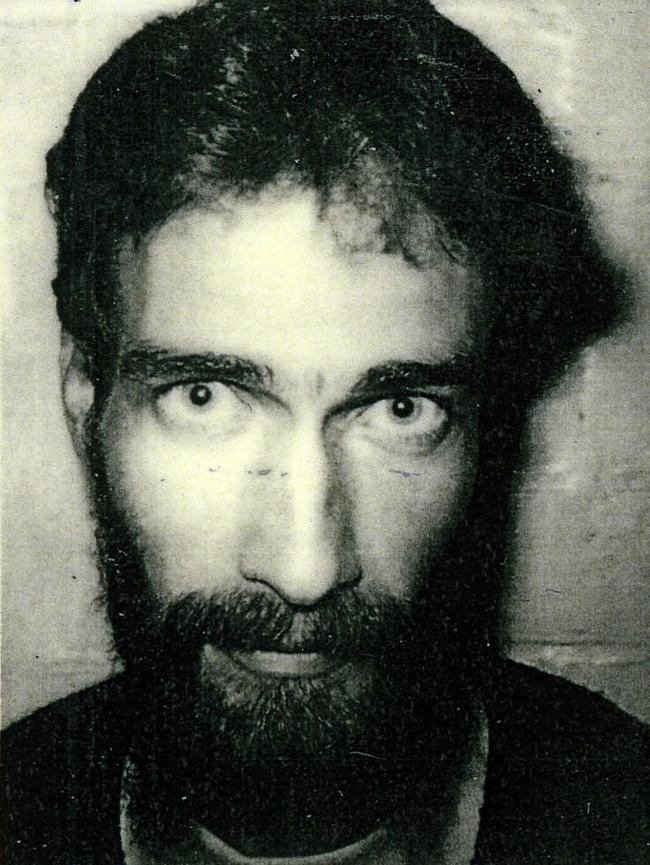
Raids on Reed’s house, and those of his associates, produced a mountain of forensic evidence which led to the bombers being charged and helped get them convicted.
Det-Insp Rankin said Det-Sgt Adams linking Reed to the bomb car was a turning point in the investigation.
“We didn’t realise how big a turning point it was at the time,” he said yesterday.
“But if Arthur hadn’t shown curiosity on that particular day we would have been a lot further behind in the investigation.
“Arthur’s prompt assessment — and his immediate communication of his assessment to us that the same person who stole the bomb car also stole the car used in the armed robbery — meant we could raid Reed and Reed’s associates.
“We recovered vital physical evidence during those raids, evidence that would have been destroyed or lost if it we hadn’t found it as early in the investigation as we did.
“Finding it when we did was all down to Arthur.”
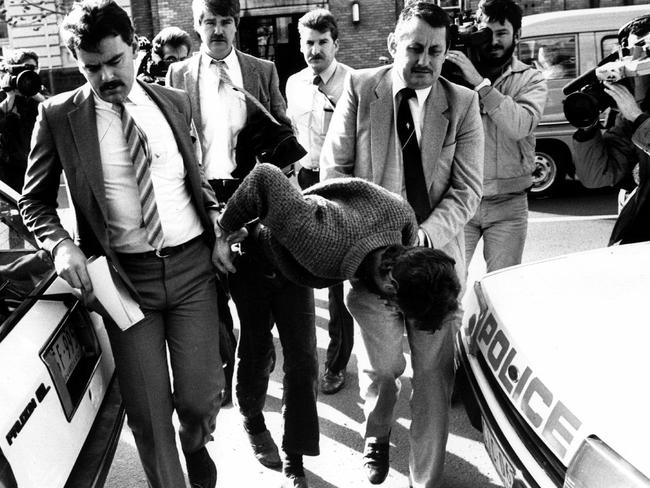
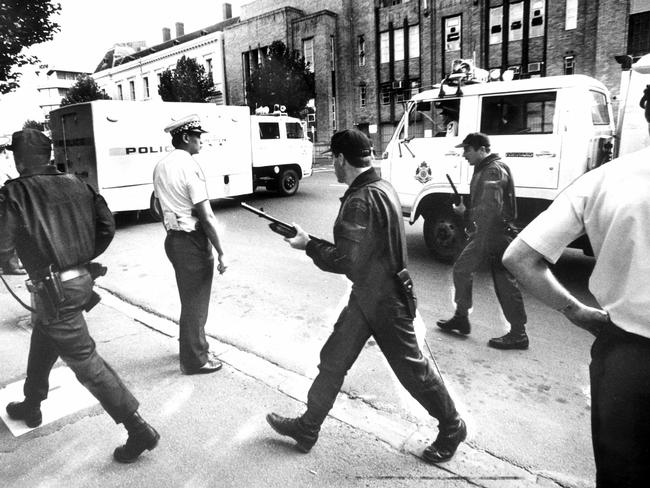
Reed shot and badly wounded armed robbery squad detective Mark Wylie during the April 25, 1986 raid on Reed’s Kallista home in Alpine Way.
Reed was wounded as police returned fire.
Tragically, although the then Det-Sgt Wylie recovered from his physical injuries, the mental scars of being shot and nearly dying during the raid never left him and he killed himself in 2004.
“I have always said Mark was another victim of the Russell St bombing,” Det-Insp Rankin said.
Although Reed was acquitted of the Russell St bombing charges he was sentenced to a minimum of 14 years for other offences, including the attempted murder of Det-Sgt Wylie.
Evidence found during the raid on Reed’s house included:
A CANVAS army type bag with identical buckles to that found at the bomb scene.
FOUR sticks of gelignite and six detonators.
CRAIG Minogue’s fingerprint on the toilet door, which linked Reed to Minogue.
DETONATOR wires identified as having been cut with the same instrument used to cut detonator wires found at the bomb scene.
The raid on Reed’s house also resulted in evidence that Reed, Craig Minogue and Stan Taylor were frequent visitors to a Nunawading house where an acquaintance lived.
That acquaintance, who gave evidence in the Russell St bombing trial and who can’t be identified for legal reasons, was sent to Sydney a few days before the bombing.
Craig Minogue arranged and paid for that trip to ensure the acquaintance wasn’t around for the bombing and bomb preparations.
Evidence found at the Nunawading house was crucial to Minogue and Taylor being convicted over the bombing.
“In among all the debris at the Russell St bombing site we found an alarm clock nailed to a block of wood. It had a strip of metal on it and a few nails driven into it,” Det-Insp Rankin said.
“That was obviously what the bomb device was set up on.
“It looked like a relatively new off cut of timber so whenever we went to a suspect’s premises we would look around for a building or a fence or something that block of red gum might have come off.
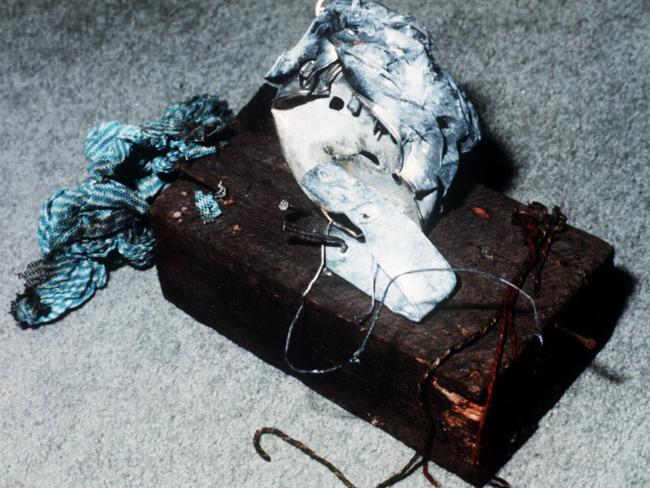
“Detective Gordon Davie and I were at the Nunawading house and noticed a relatively new section of fence so we decided to go back and get the block of wood to see if it matched to anything on the back fence at the property.”
Det-Insp Rankin came back with forensic experts and the block of red gum.
“”As we walked along the fence line we were sitting the block on top of each fence post and we were delighted to find that the bomb block sat beautifully on top of a fence post under a camellia tree.
“It was one of the best discoveries of my career and it confirmed to us that the Nunawading house was where the bomb was made.”
In researching the circumstances surrounding the Russell St bombing for its 30 year anniversary coverage, the Herald Sun made a quirky discovery.
Mokbel link to Russell St blast
It found crime boss Tony Mokbel’s drug cook nearly died during the bombing as he went to help critically injured policewoman Angela Taylor.
Mokbel associate Paul Howden was one of the 21 people hurt that day.
Howden’s truck was blown across an intersection by the first explosion as he drove near the Russell St police station just after 1pm on March 27, 1986.
He got out of his vehicle and was going to the aid of Constable Taylor when a second blast stopped him in his tracks.
Bizarrely, Howden was blown up again when one of Mokbel’s amphetamine labs exploded in 1997.
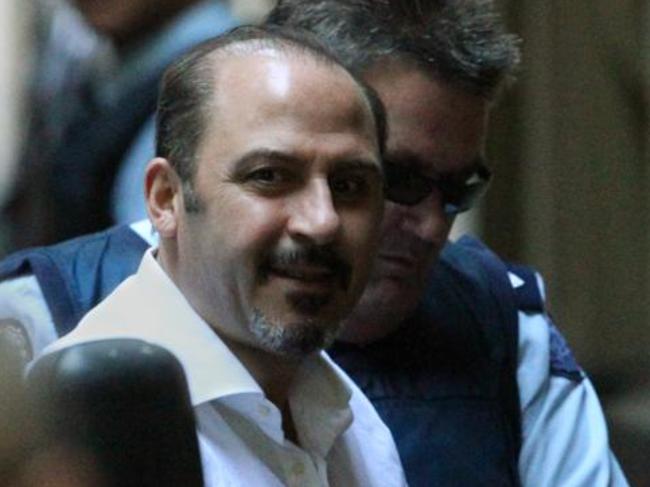
Howden and Mokbel were both at the lab in Downes Street, Brunswick at the time.
Mokbel was uninjured after being blown out of the door while Howden ended up in hospital with severe burns.
Victoria Police drug squad detectives found packaging in the damaged lab which they traced to a 750kg haul of pseudoephedrine stolen from the NSW docks in late 1996.
They also found evidence the lab had produced about 40kg of pure amphetamines worth more than $80 million — which at the time was the largest detected lab in Victoria’s history.
Howden was jailed for four years for his role in the lab, but Mokbel escaped being charged that time as Howden refused to dob him in and police were unable to get enough evidence to link Mokbel to the organising and funding of the lucrative lab.
When Howden died in 2001, Mokbel put a death notice in the Herald Sun in which he vowed to always “be there” for Howden’s family.
The lab was next door to another property owned by the Mokbel family.
Mokbel later bulldozed the damaged house, knocked down the fence between the two properties and turned the site of the drug lab into a lush garden and pool to be enjoyed by the various Mokbel family members who lived in and visited the luxury Brunswick property.
MORE RUSSELL ST REPORTS
MERCY PLEA: Freedom bid by Russell St bomber

